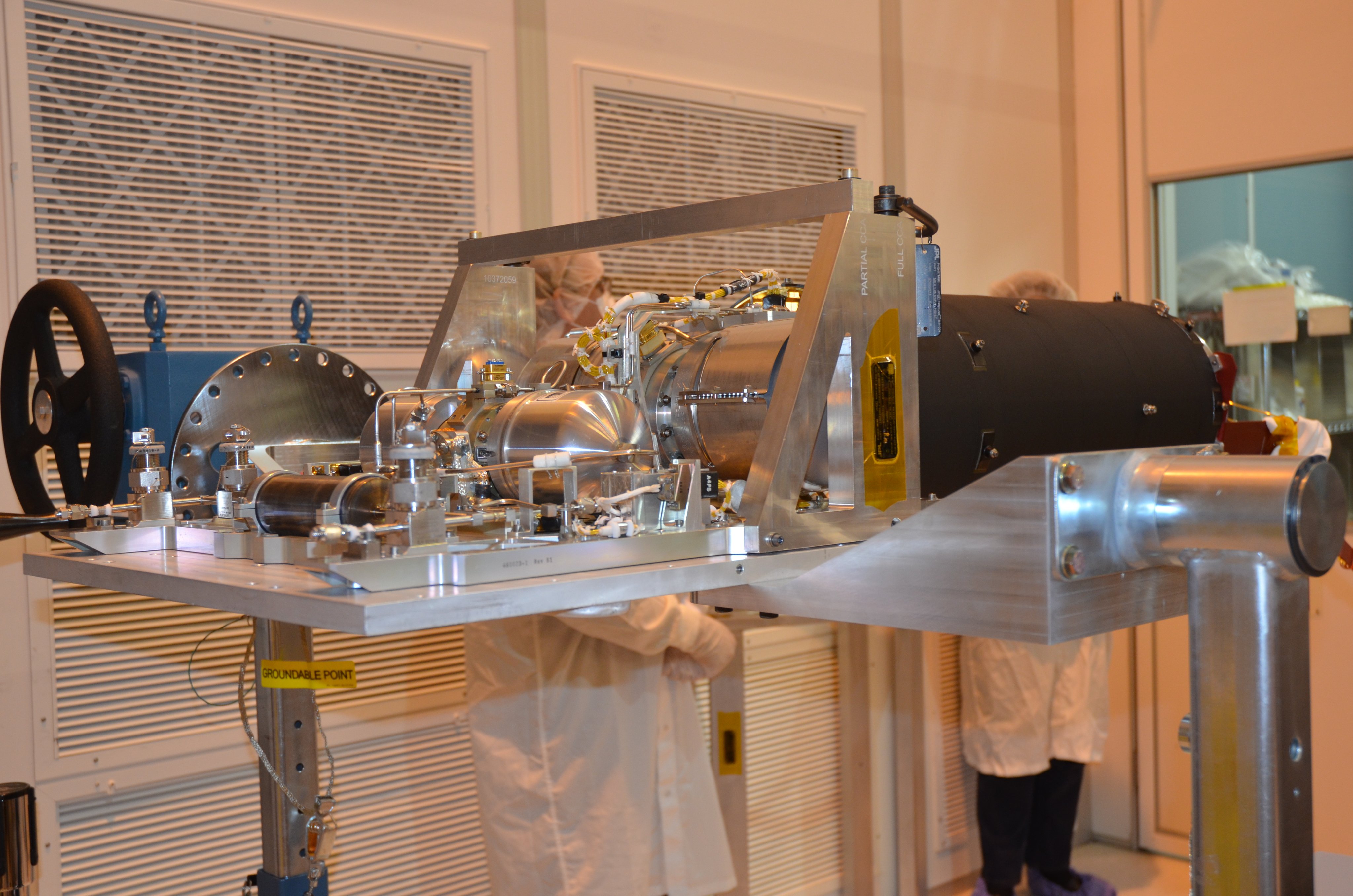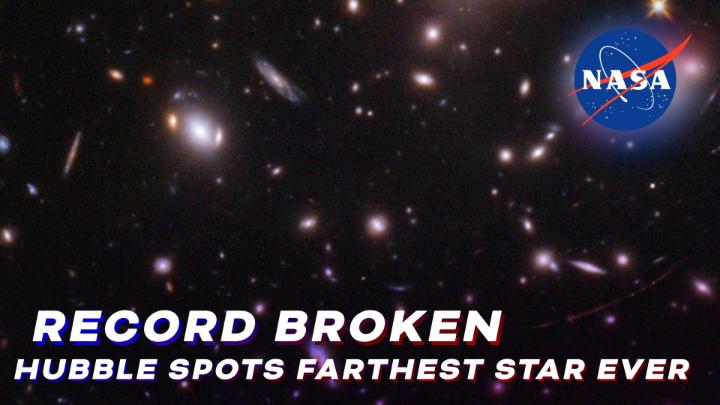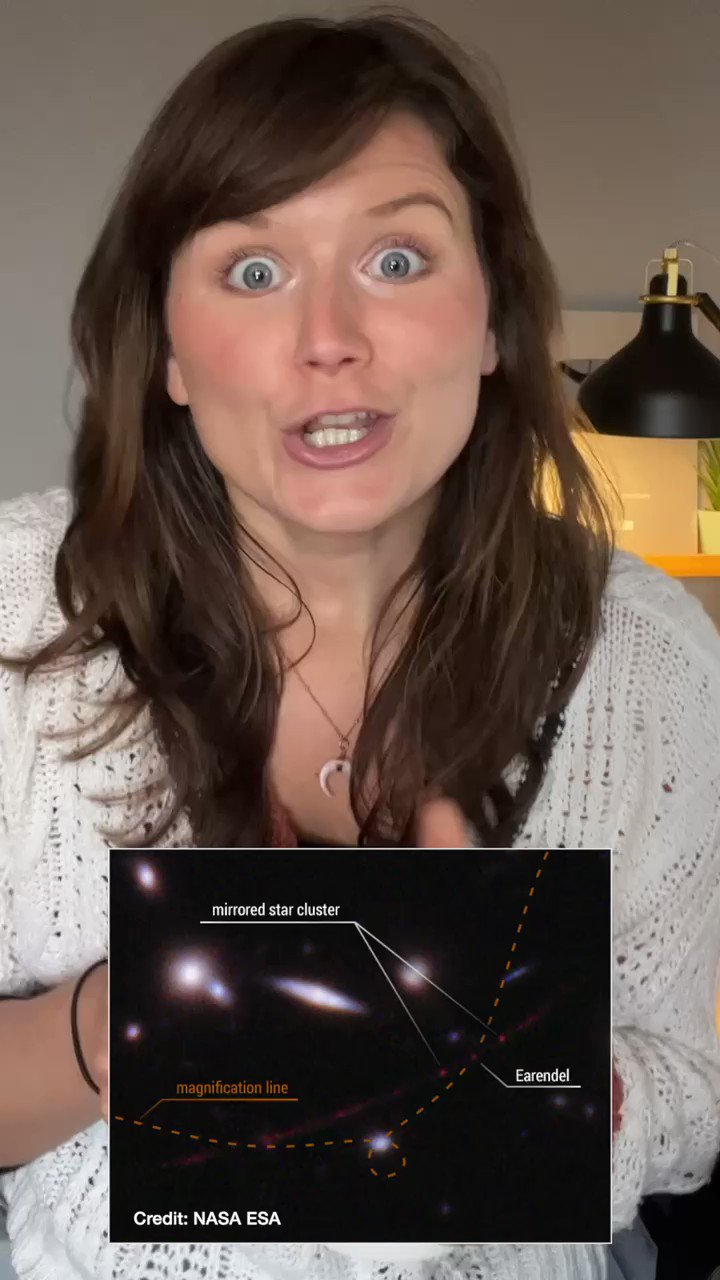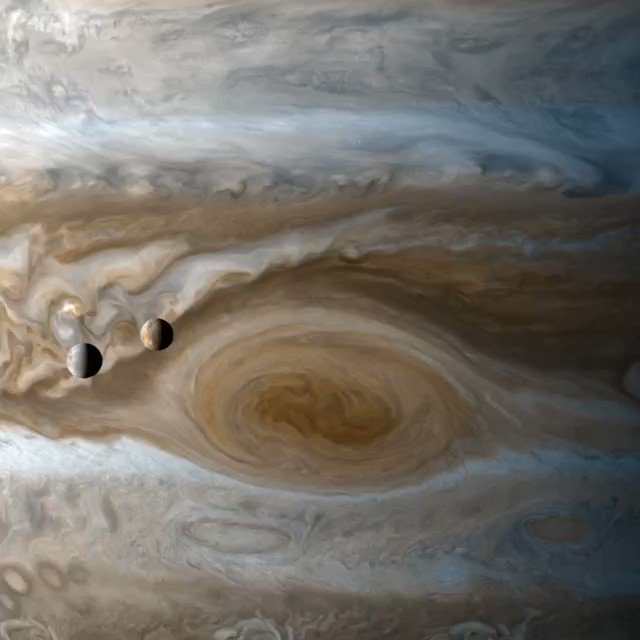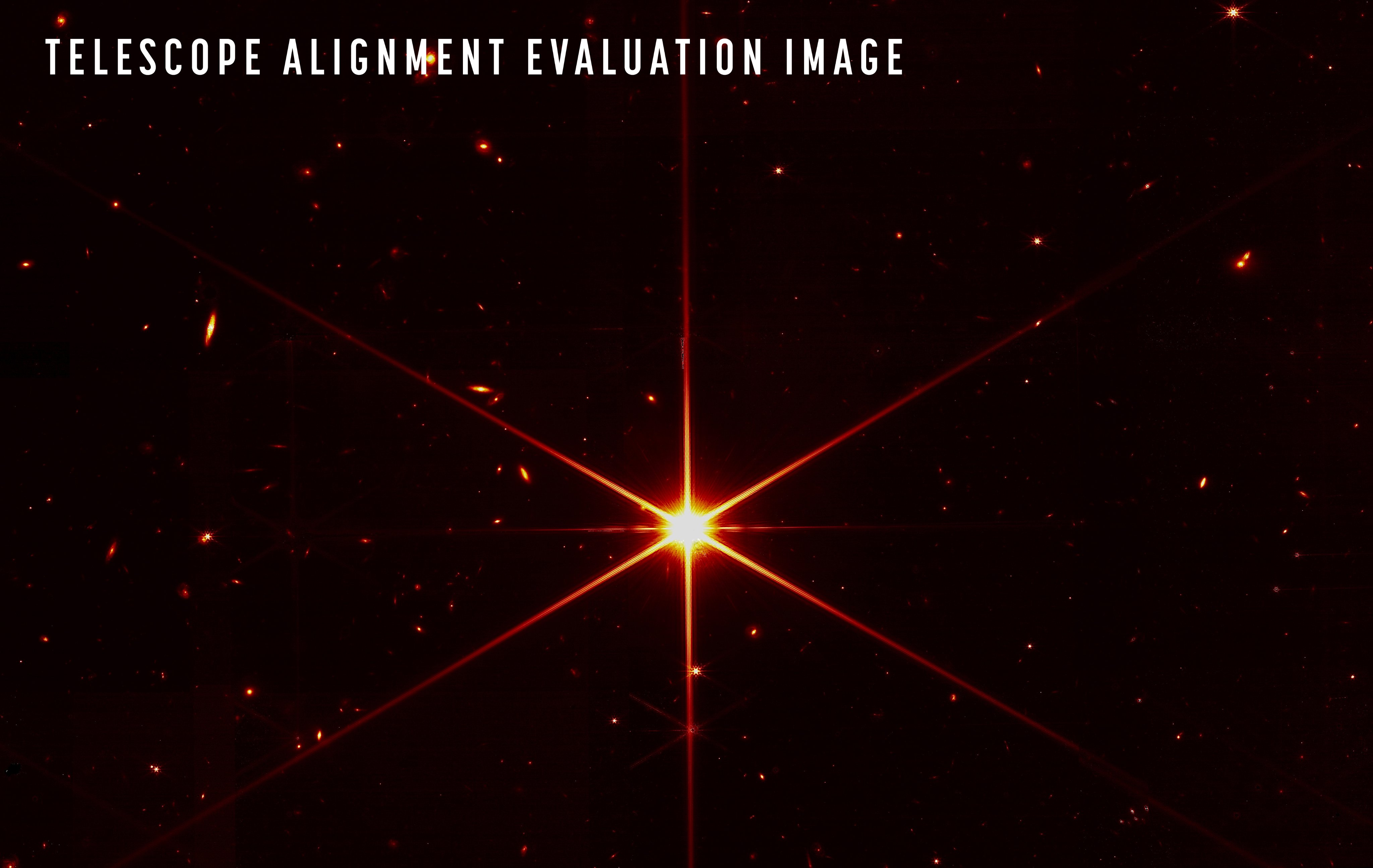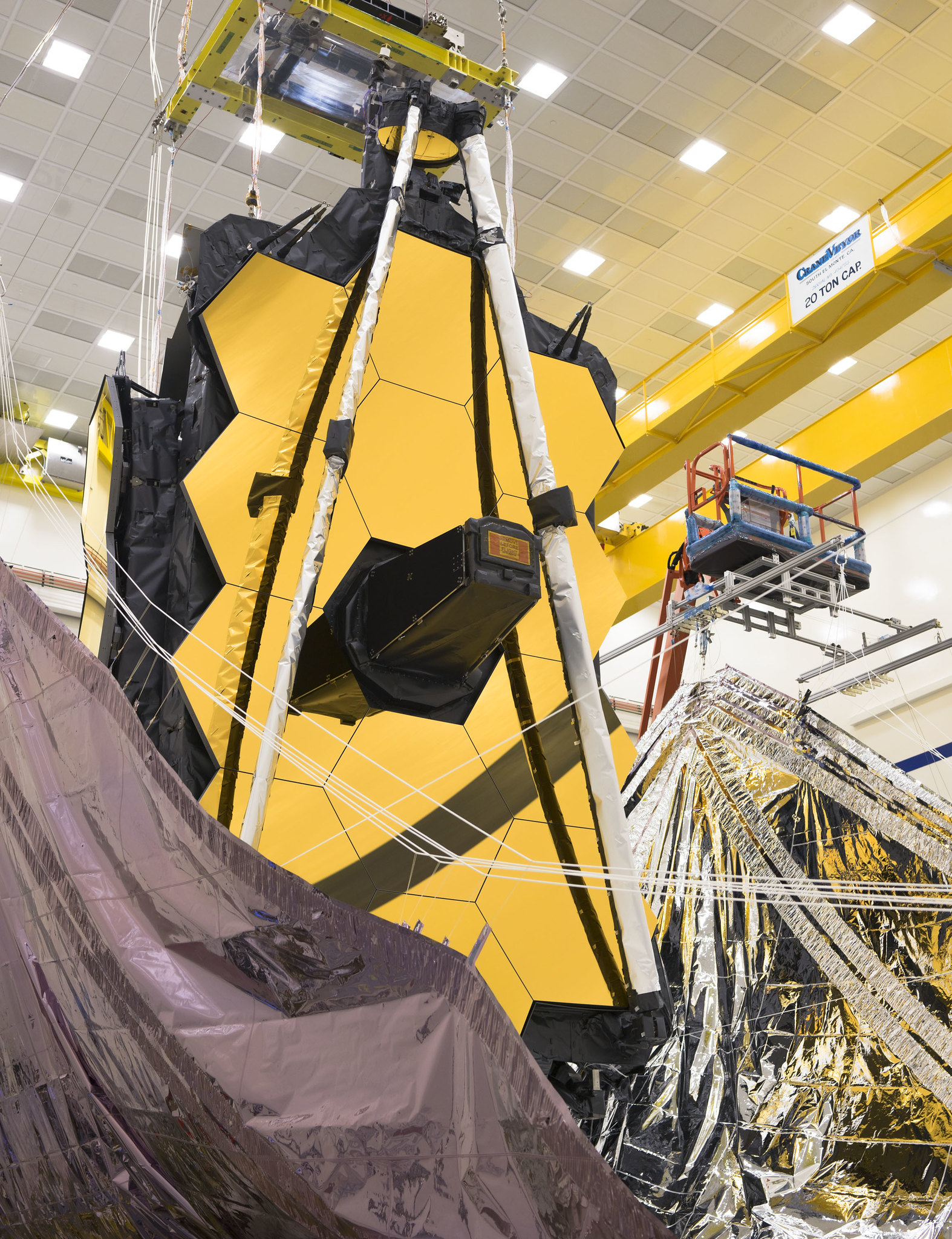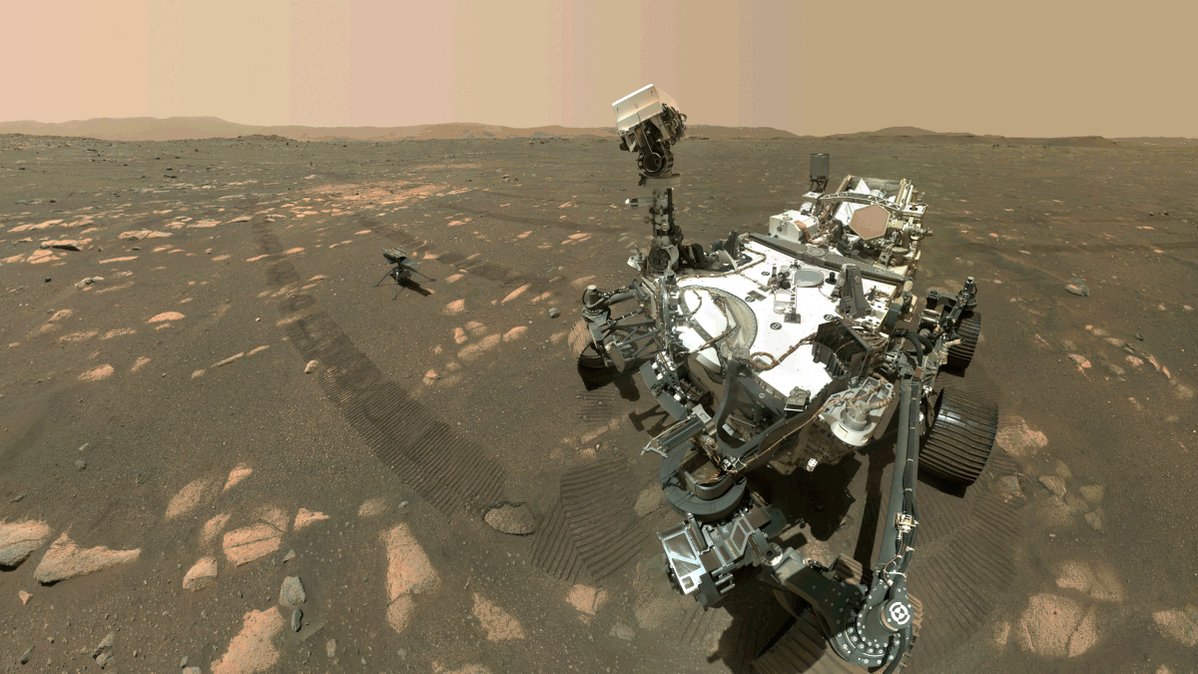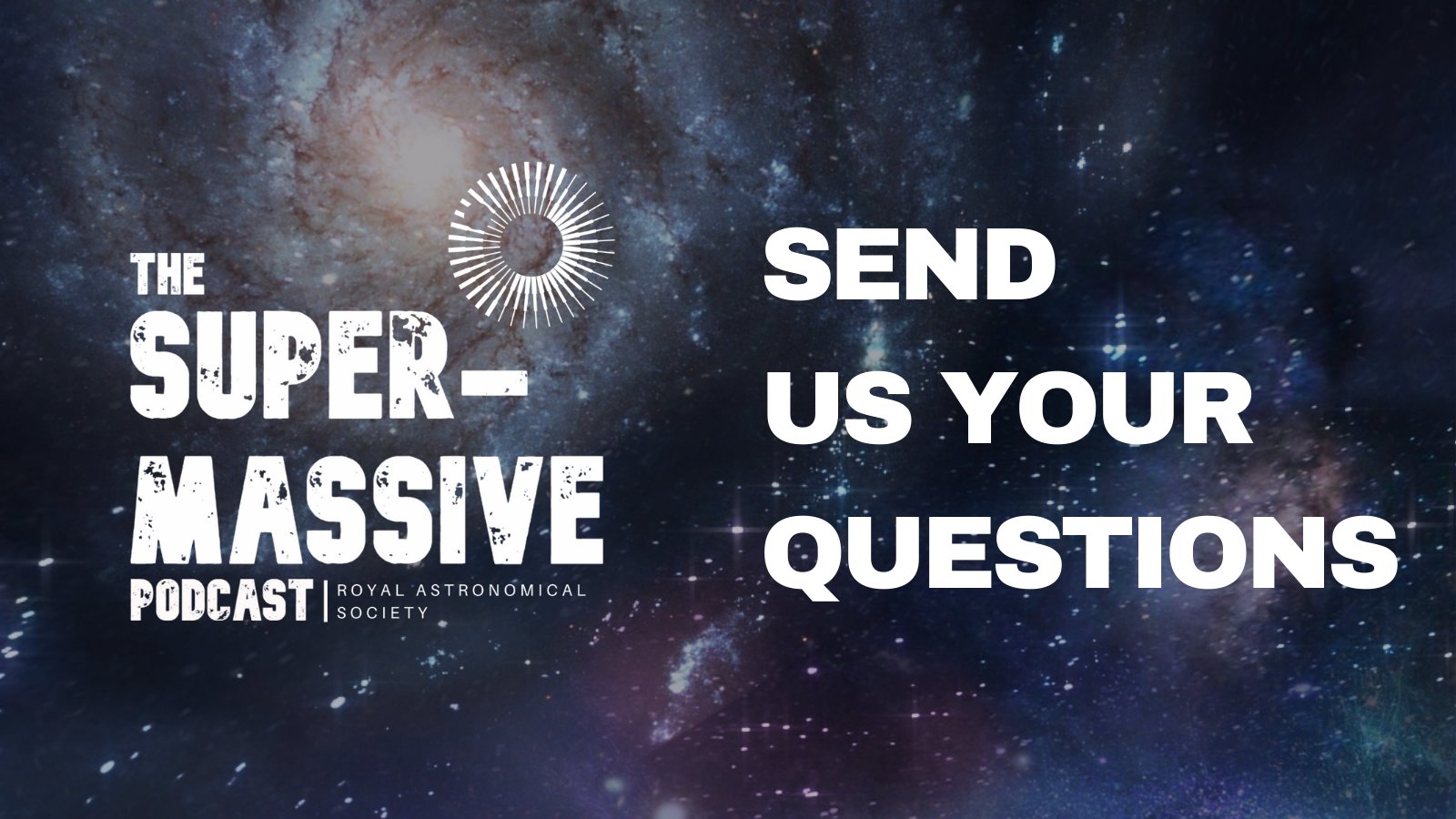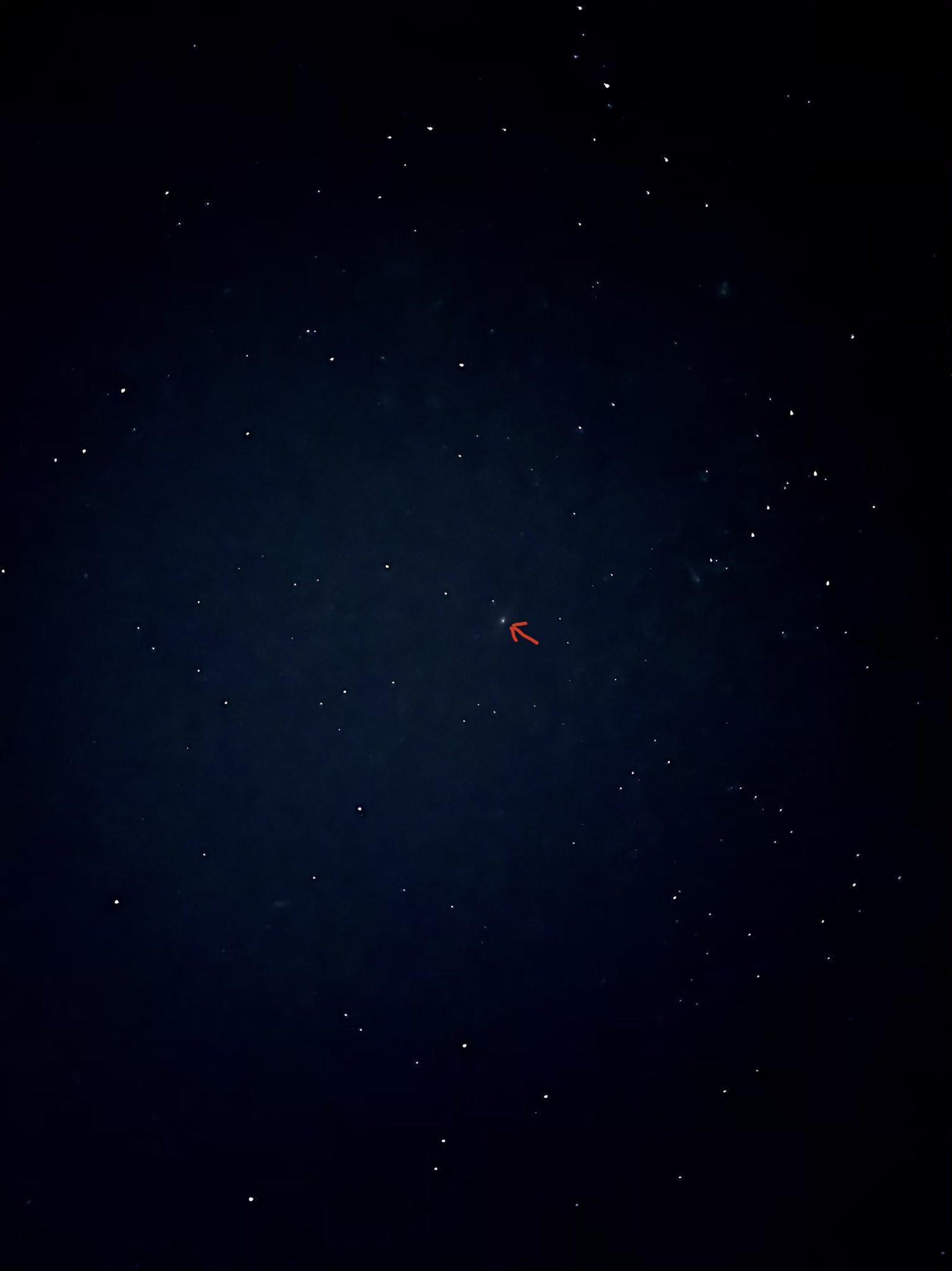I am absolutely thrilled to announce that I’ve been awarded the 2022 RAS Research Fellowship! In my 3 year term I’ll be continuing my work studying the growth of supermassive black holes in the absence of mergers (and the resultant AGN feedback). I can’t wait to get stuck in 💪
Pinned Tweet
Quote Tweet
The Royal Astronomical Society is pleased to announce that Dr Rebecca Smethurst has been awarded the 2022 RAS Research Fellowship! Congratulations, @drbecky_  ras.ac.uk/news-and-press
ras.ac.uk/news-and-press
 ras.ac.uk/news-and-press
ras.ac.uk/news-and-press84
41
1,085
Show this thread










